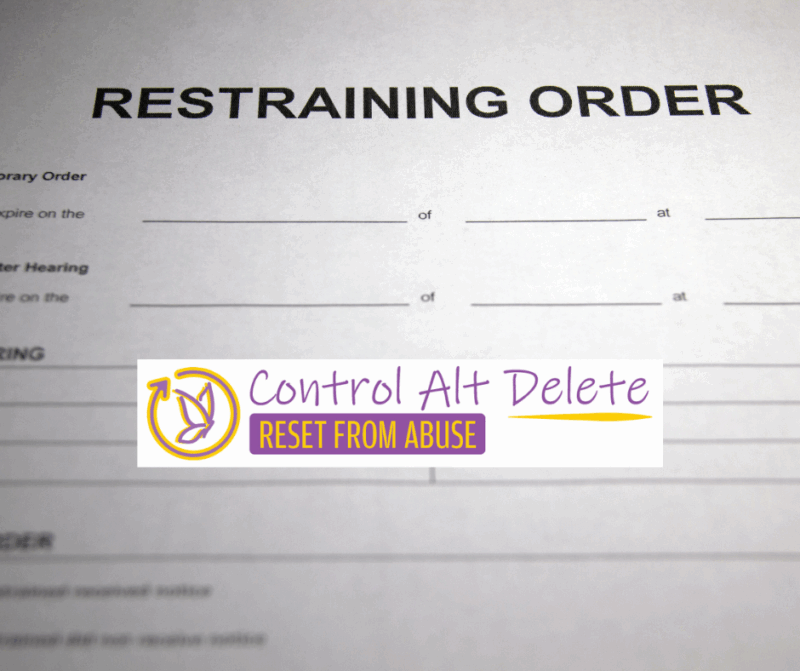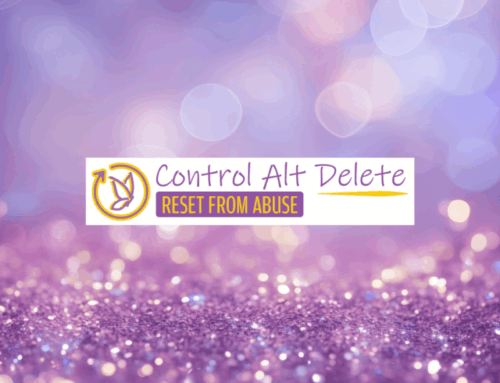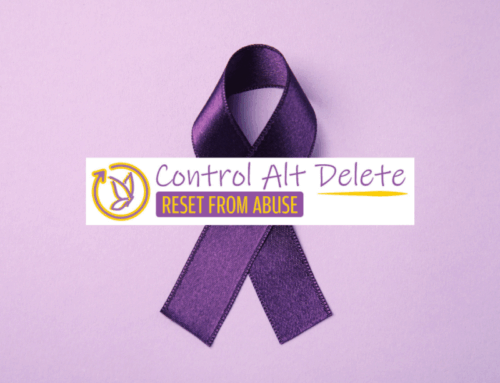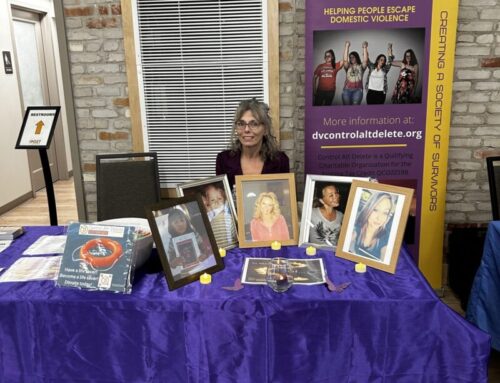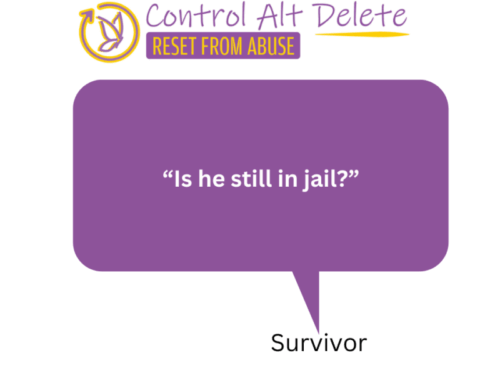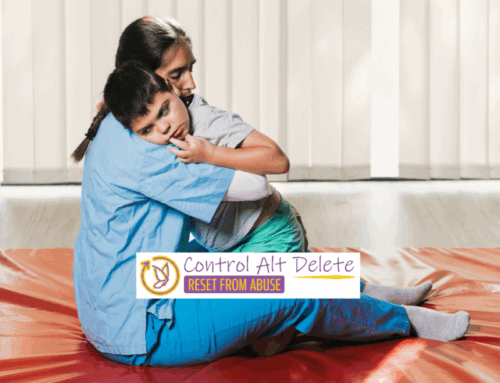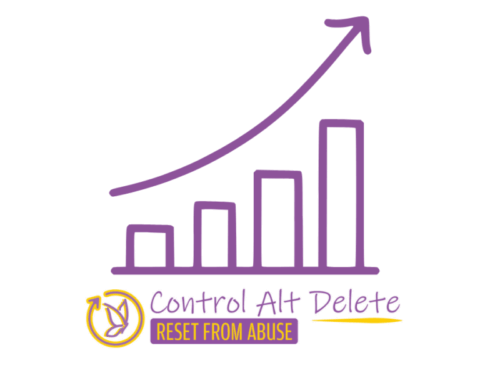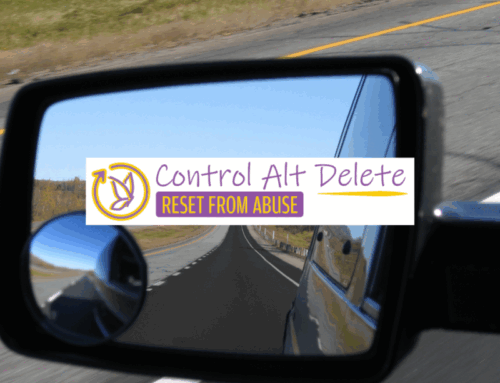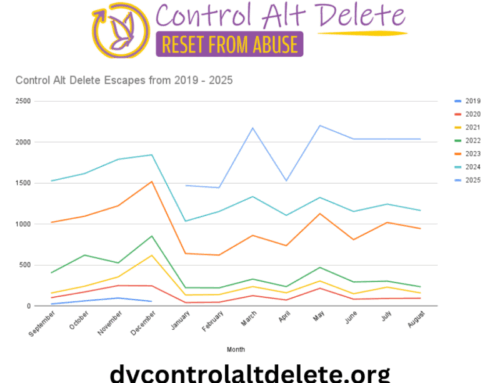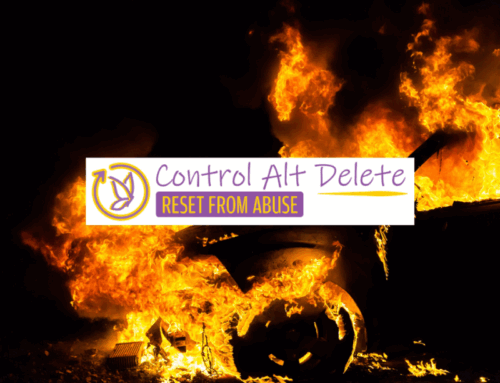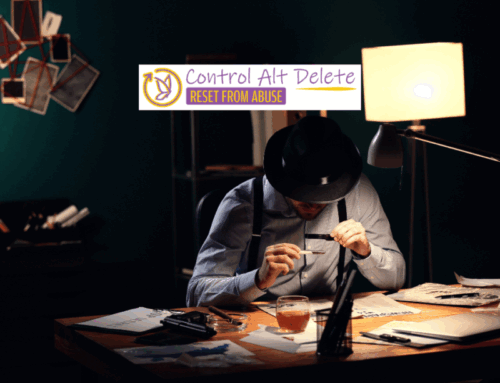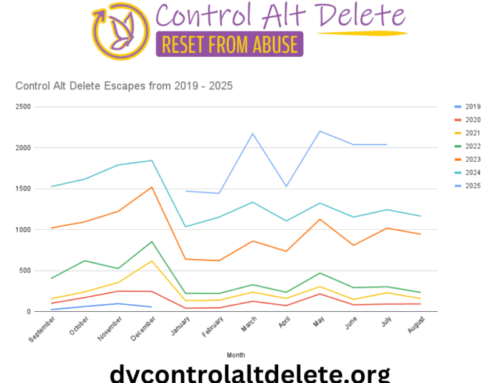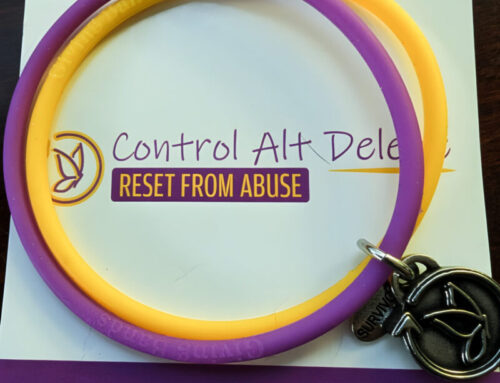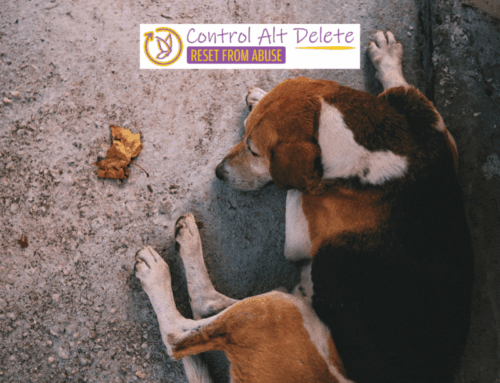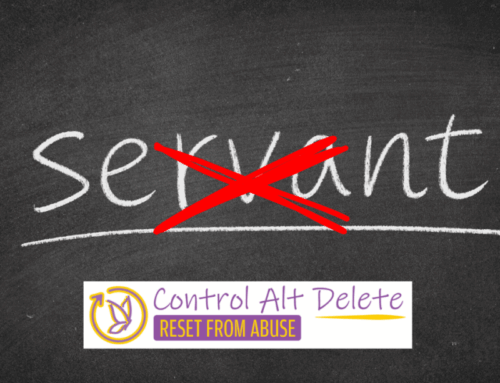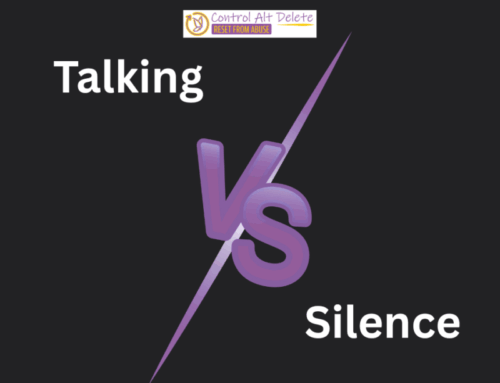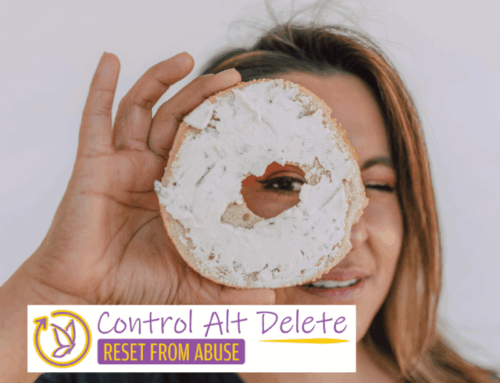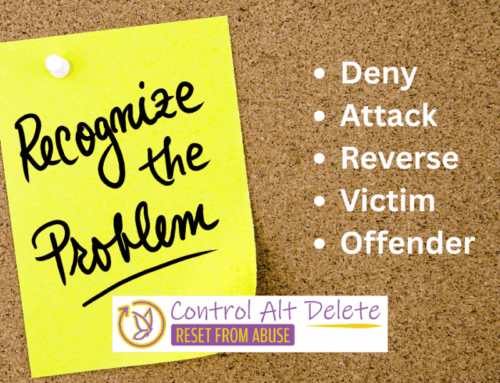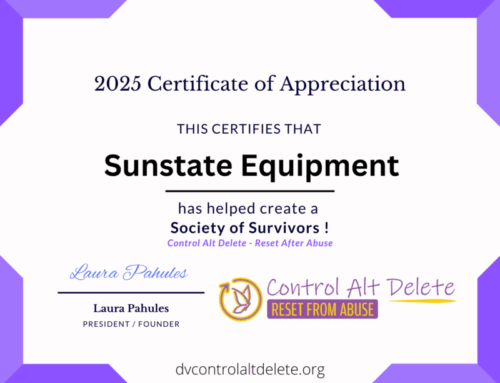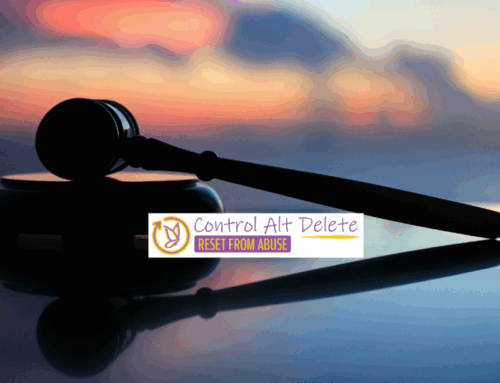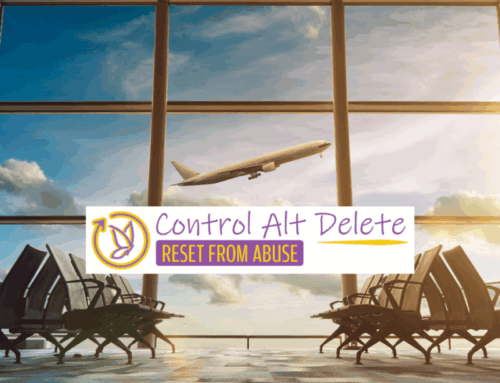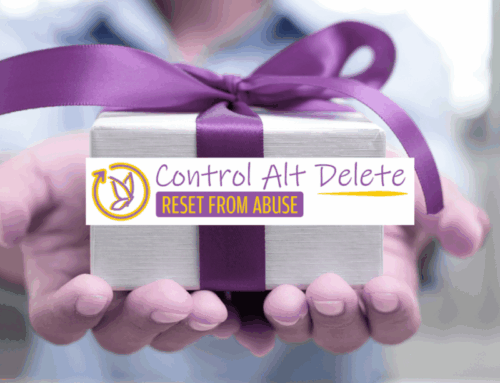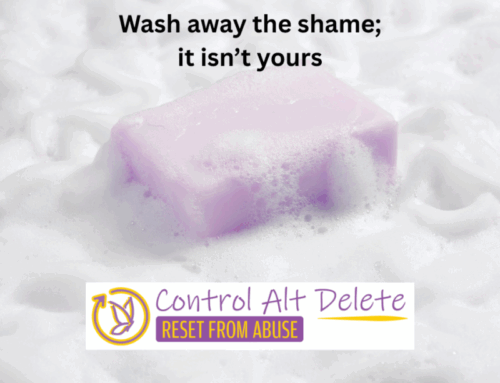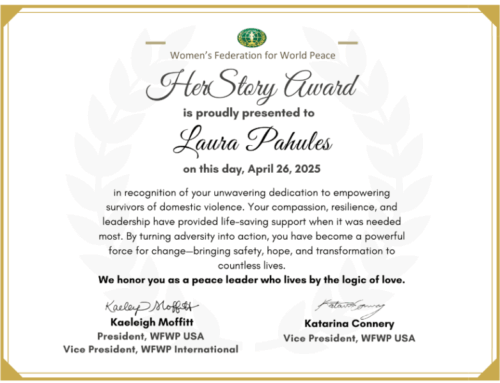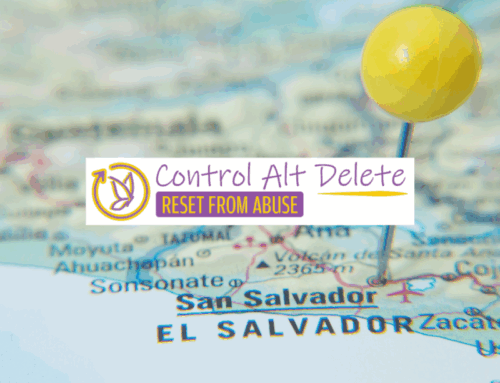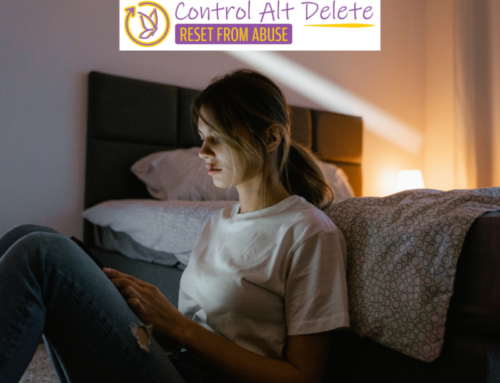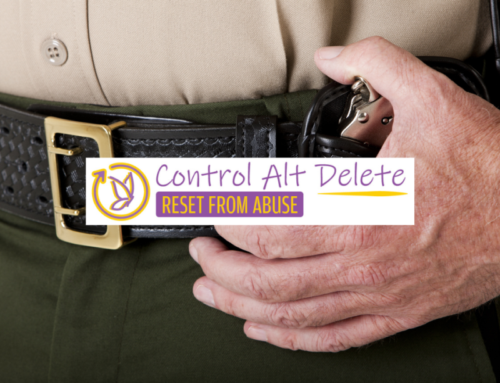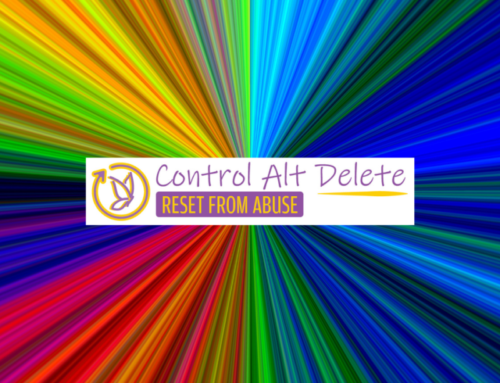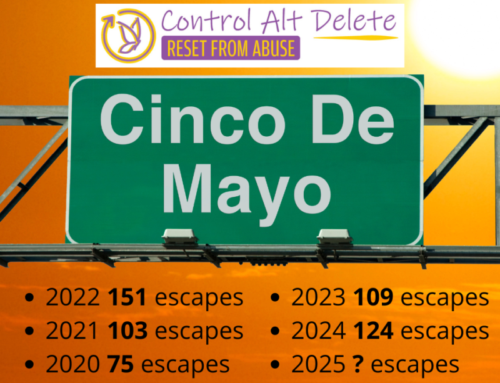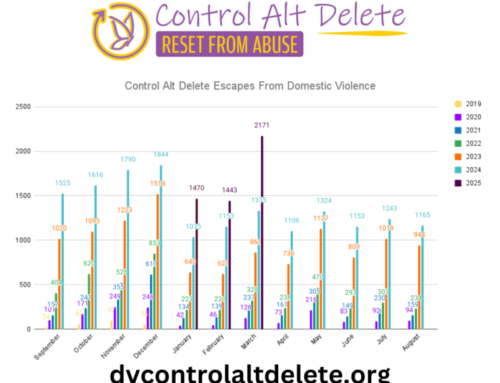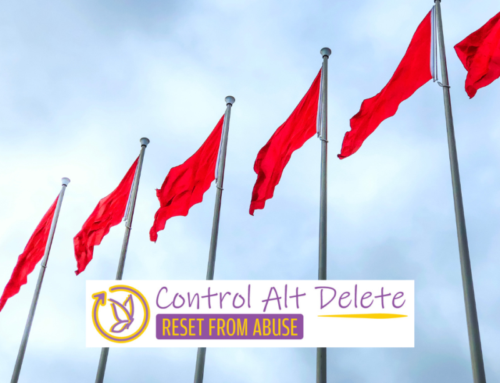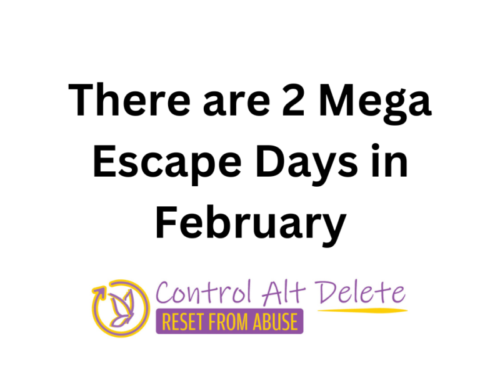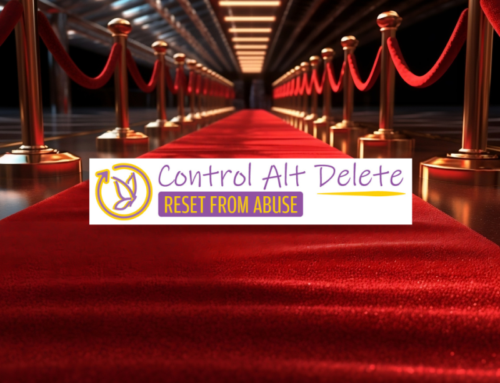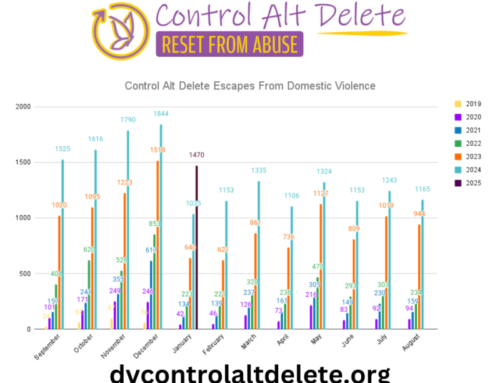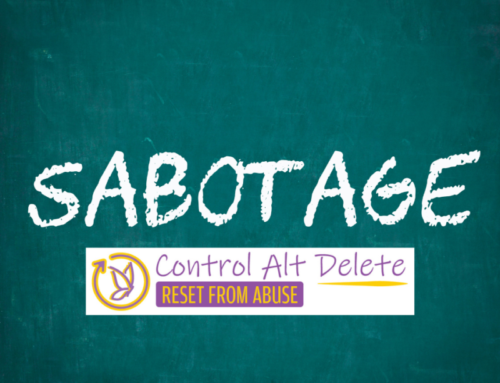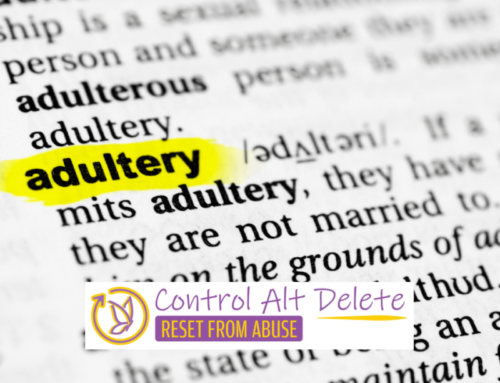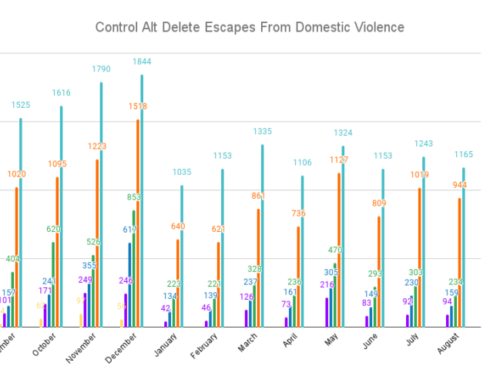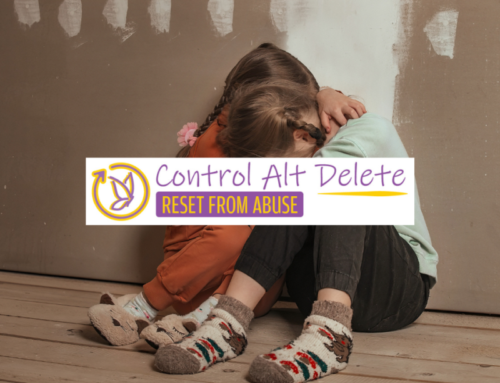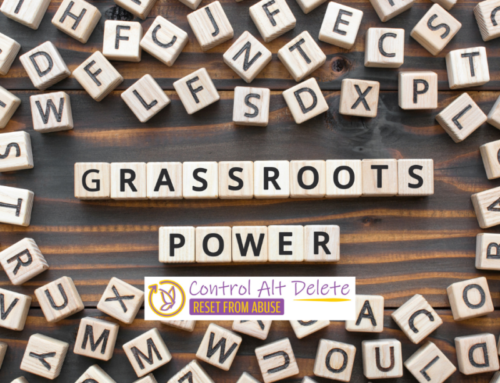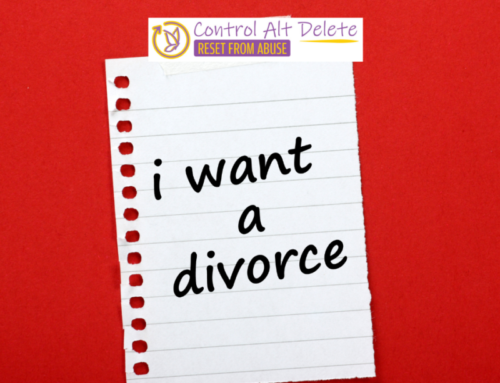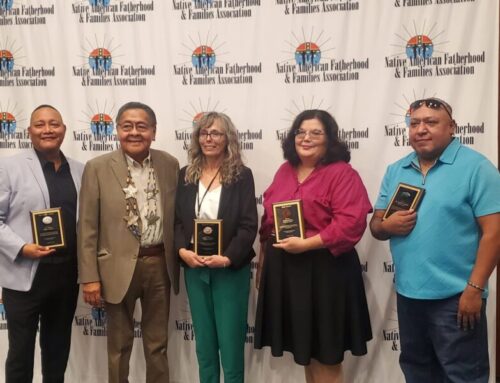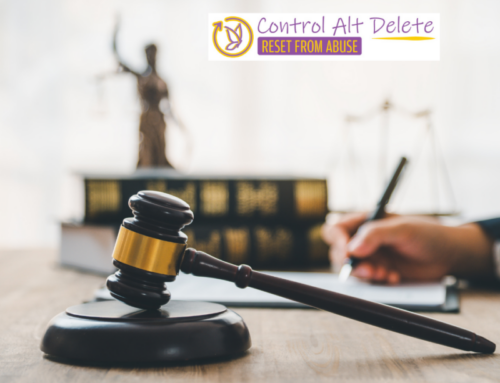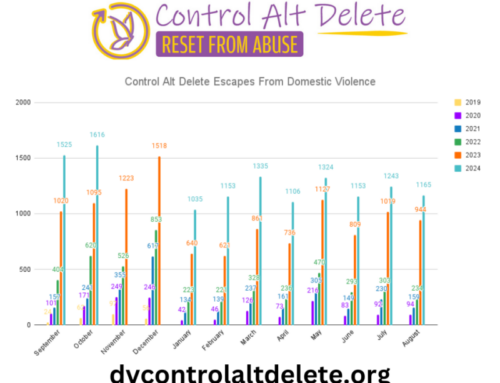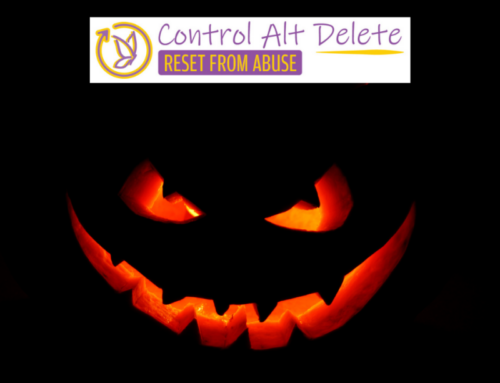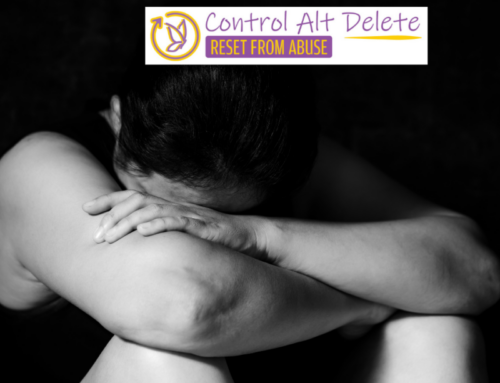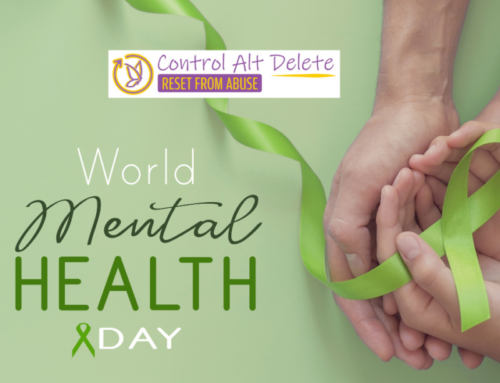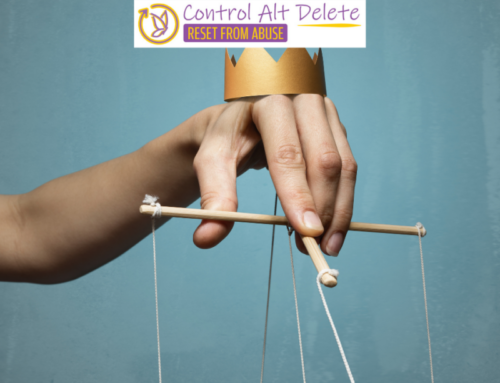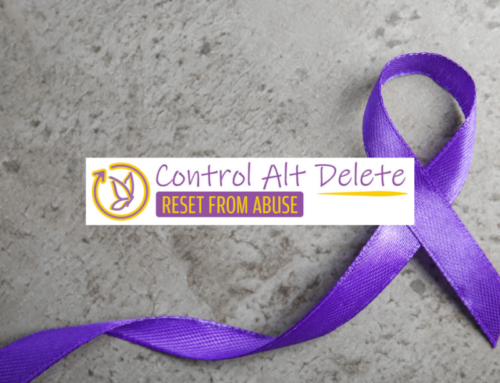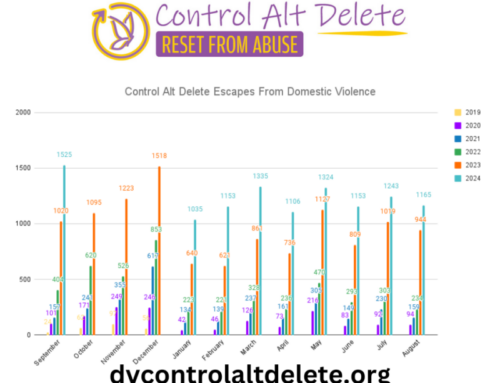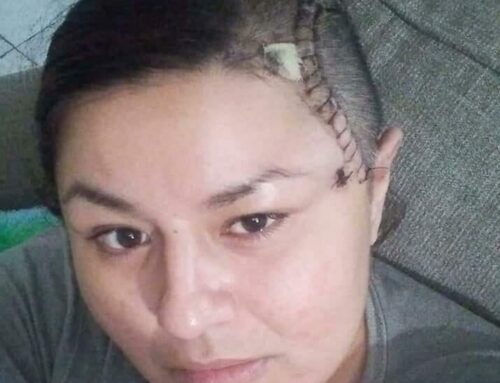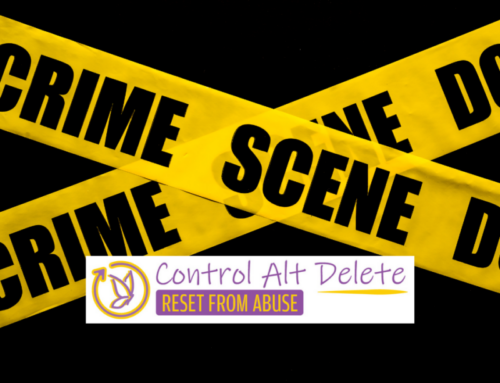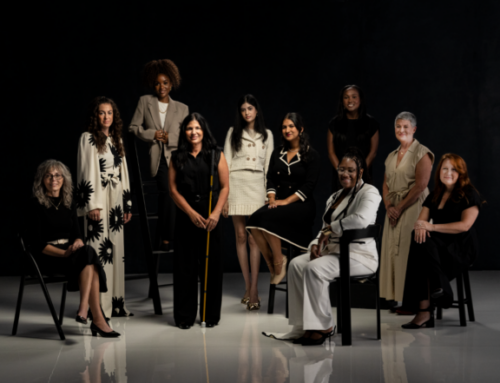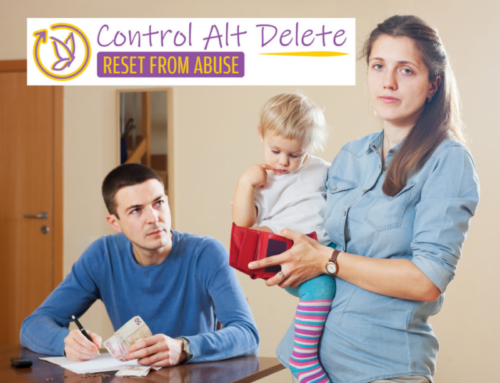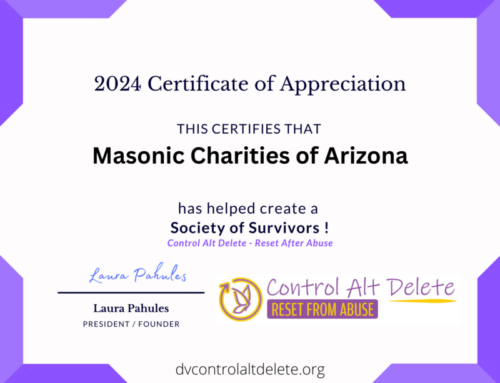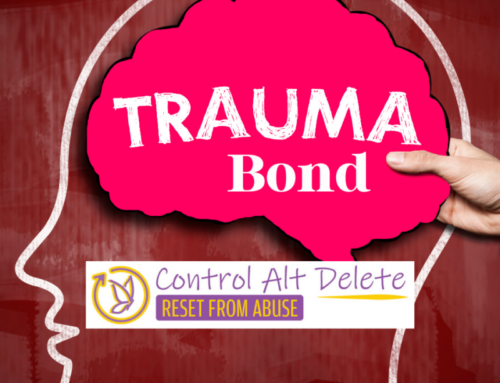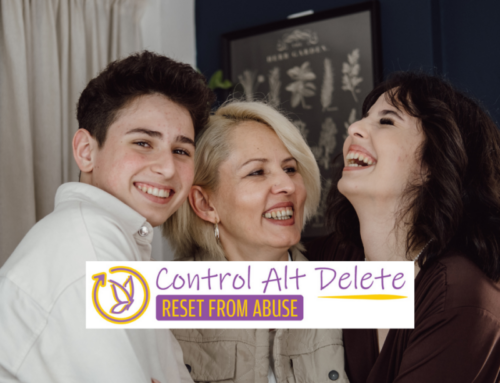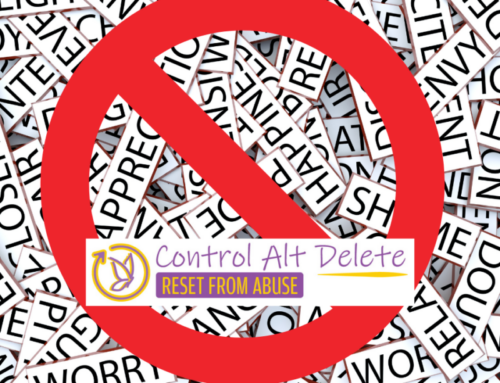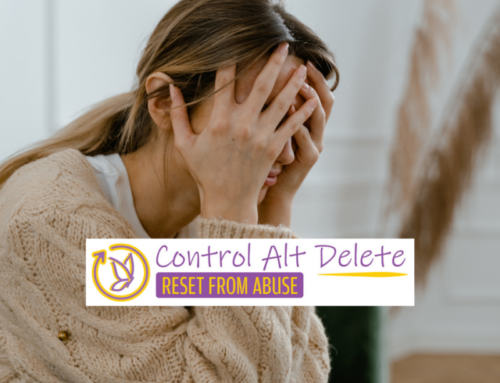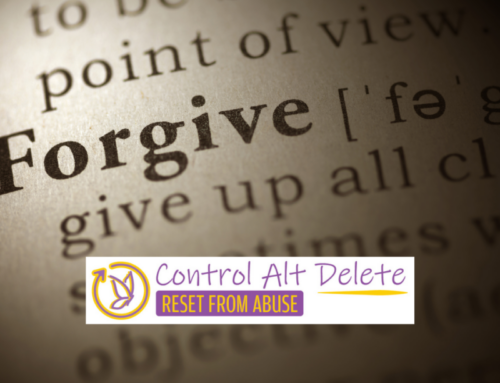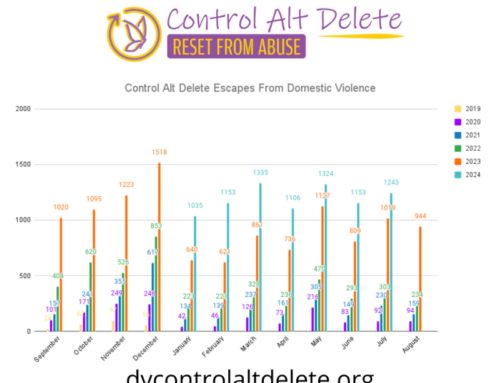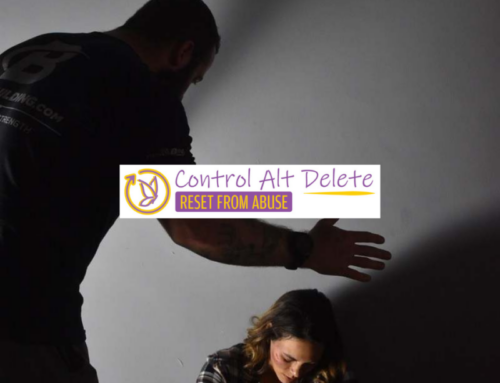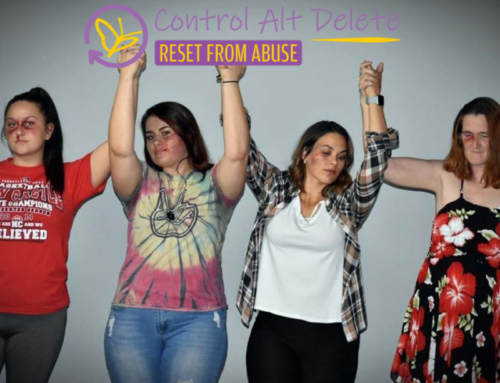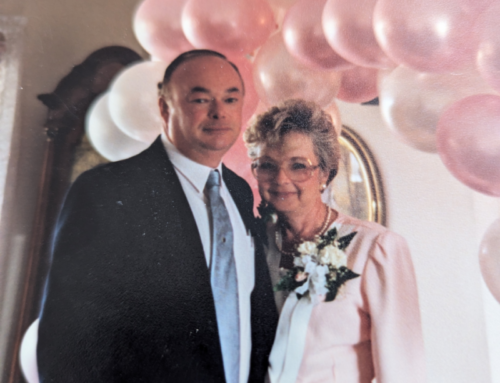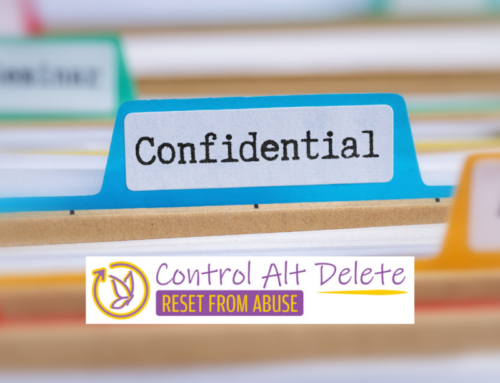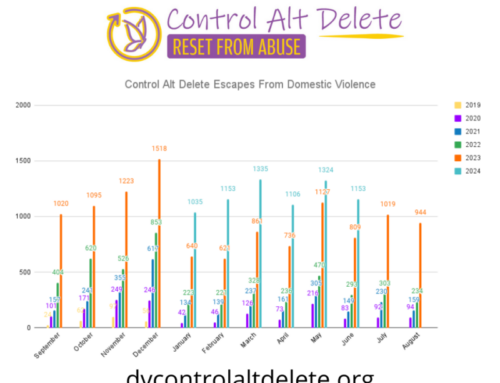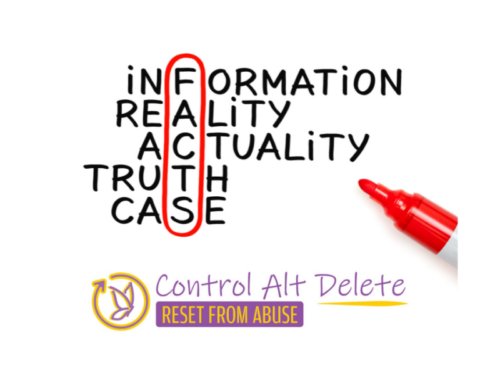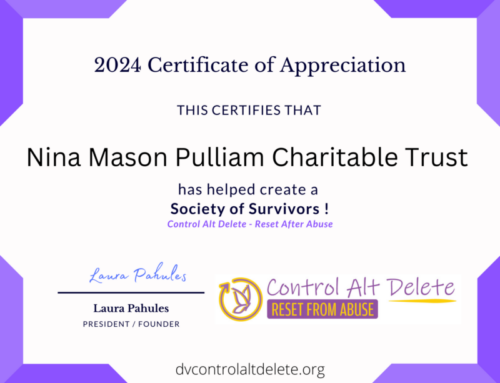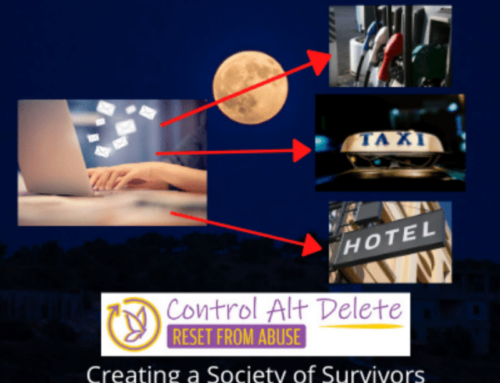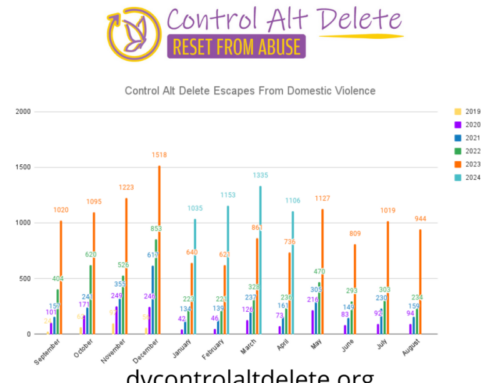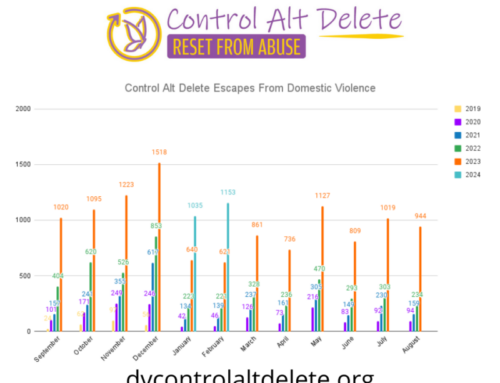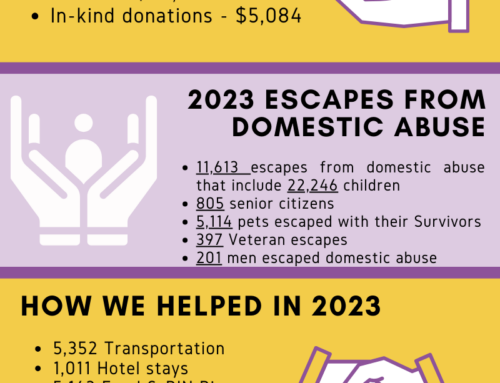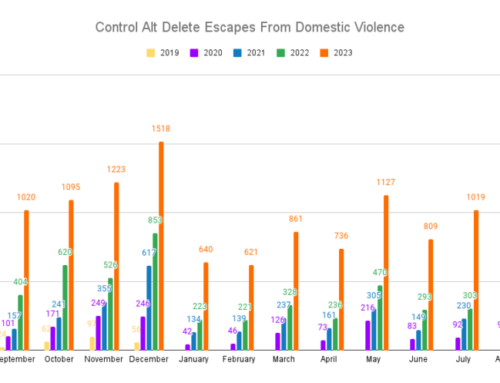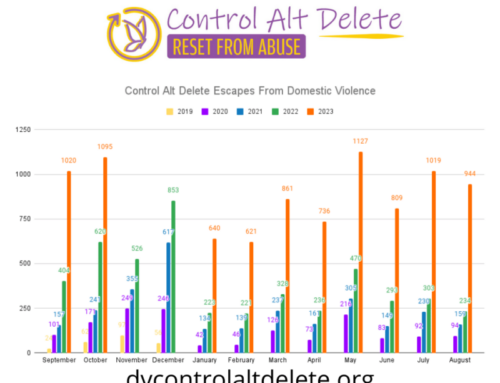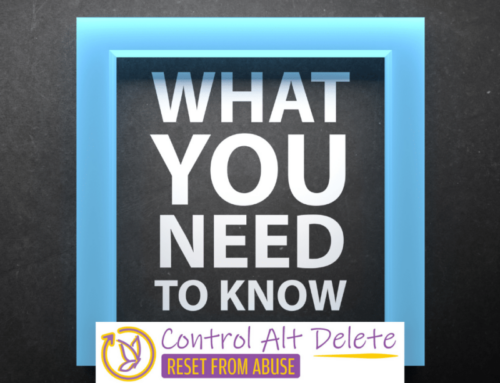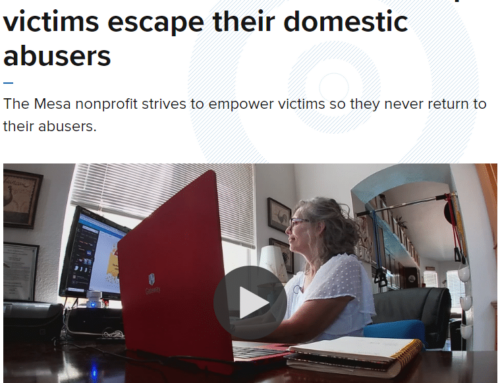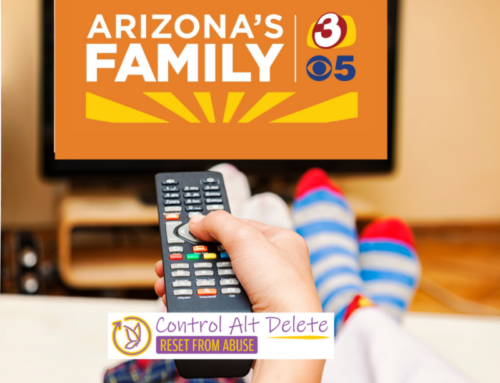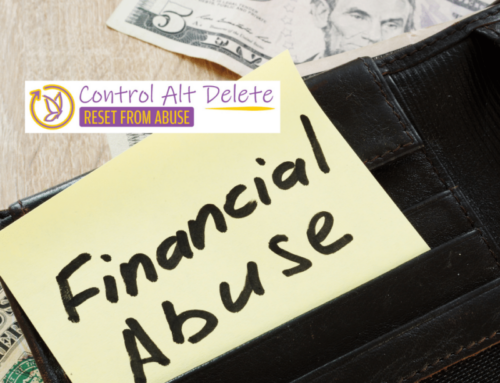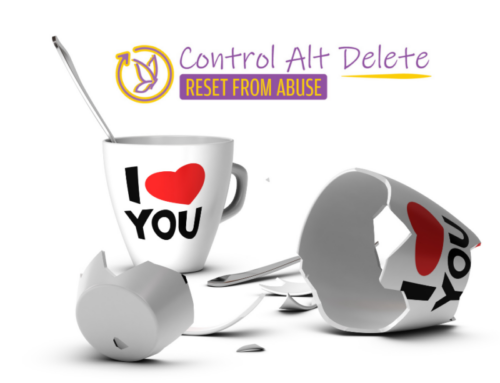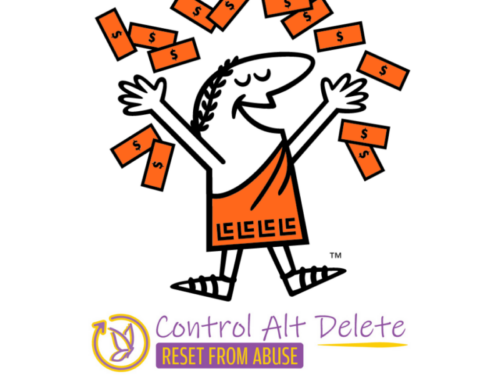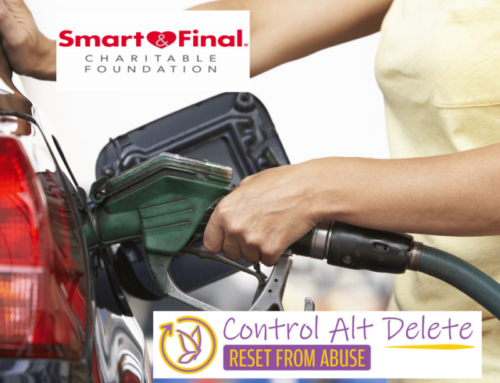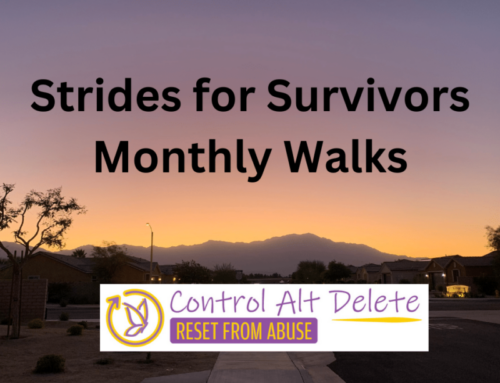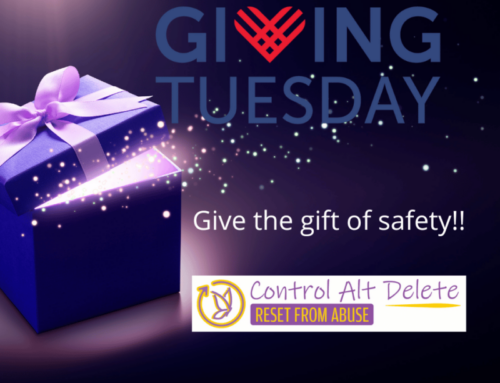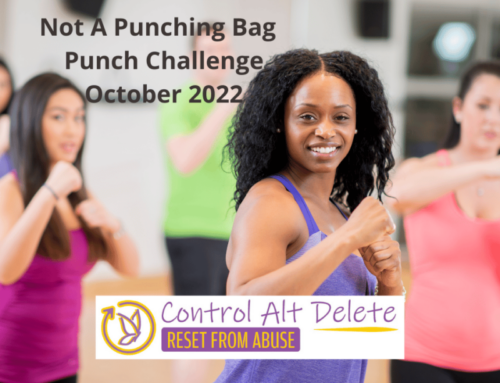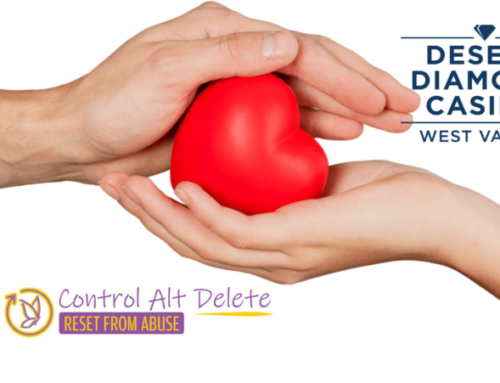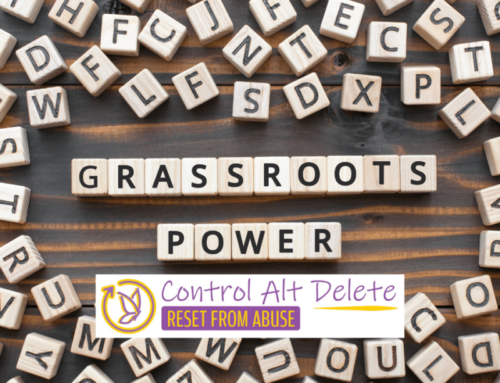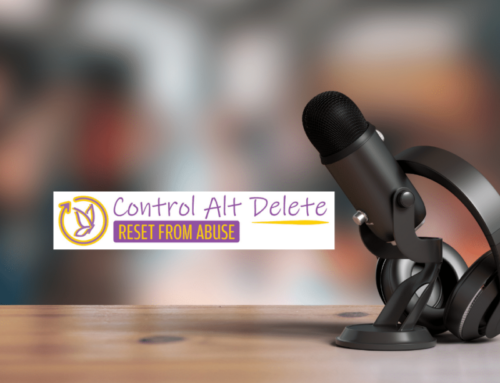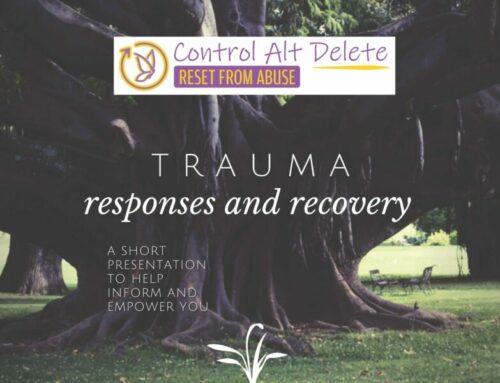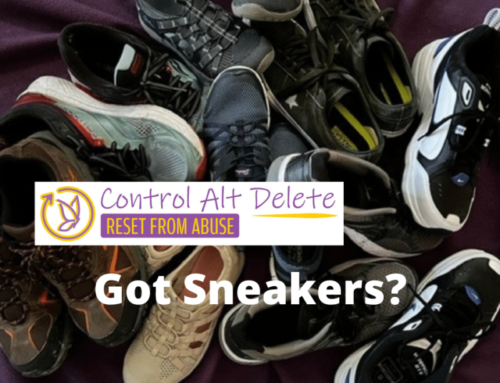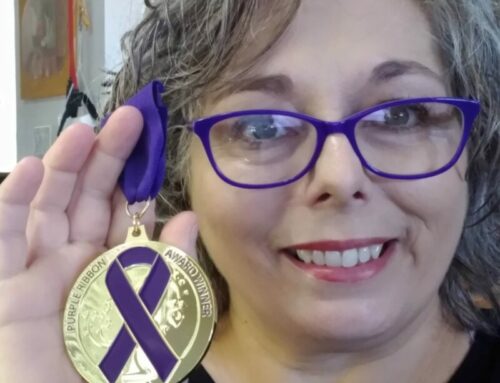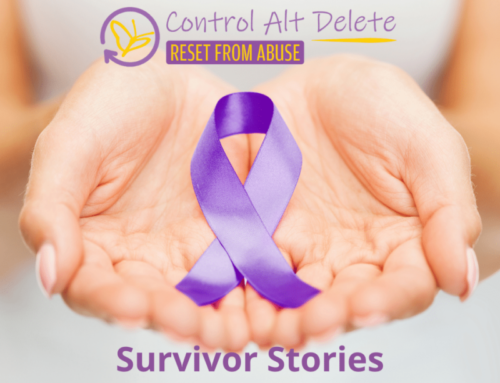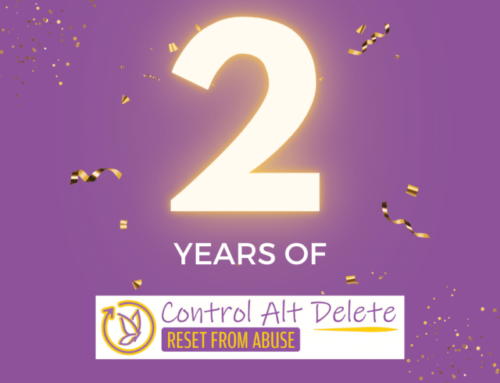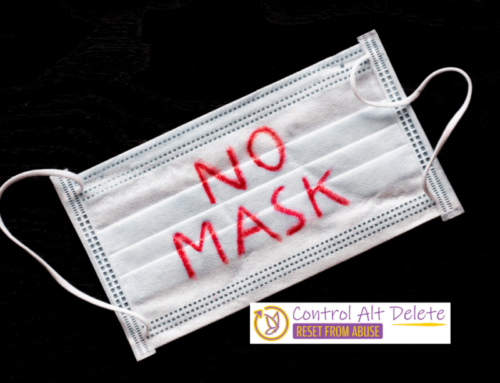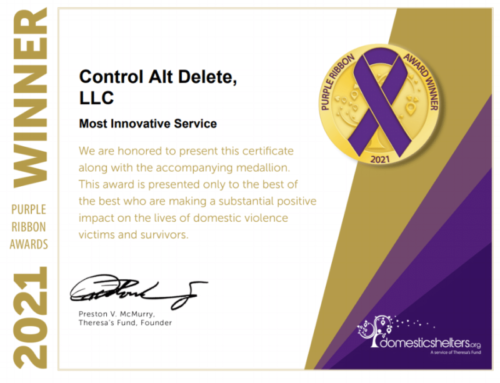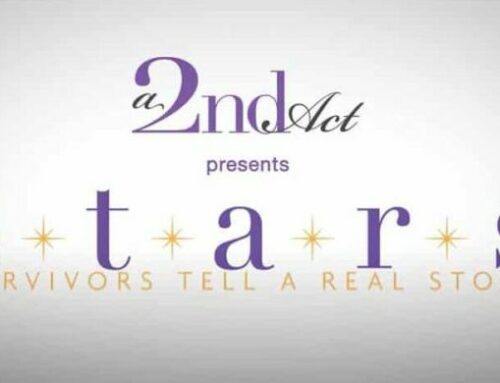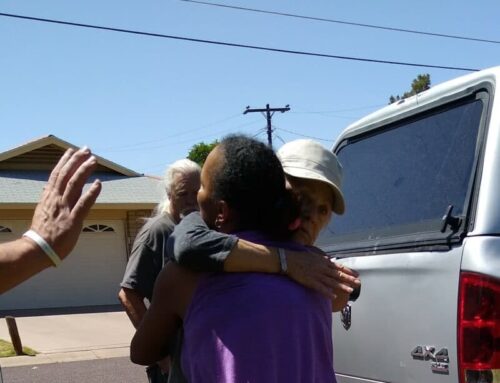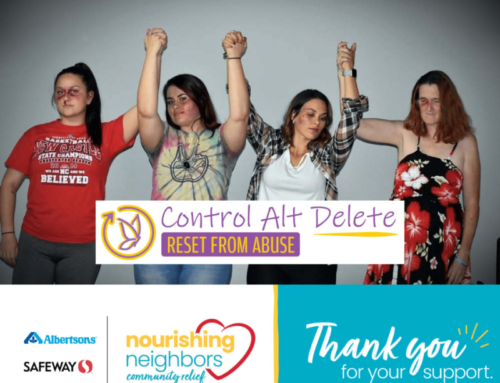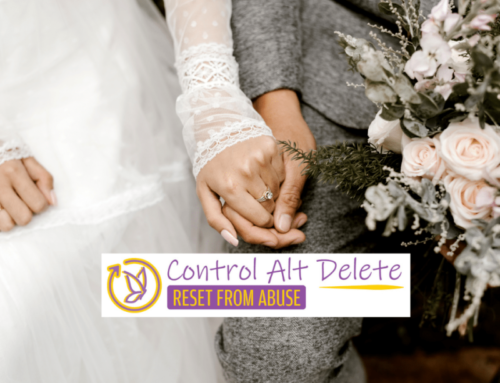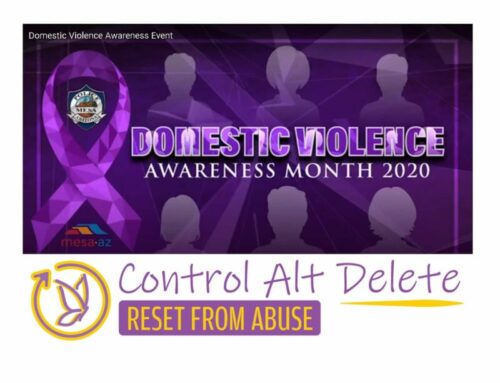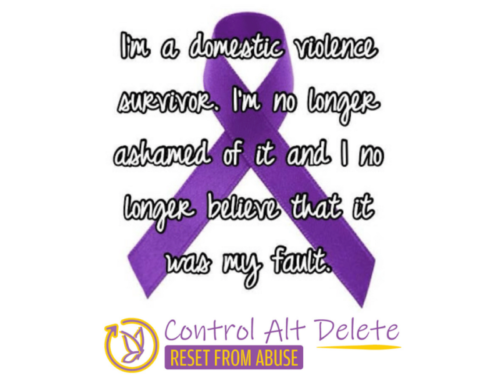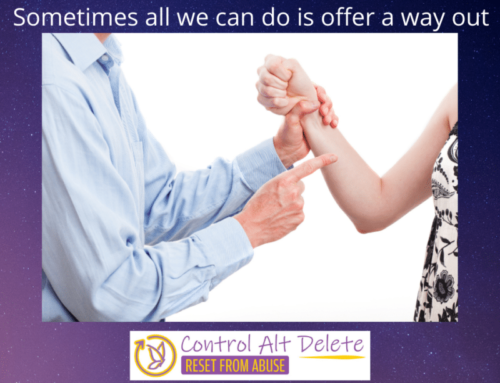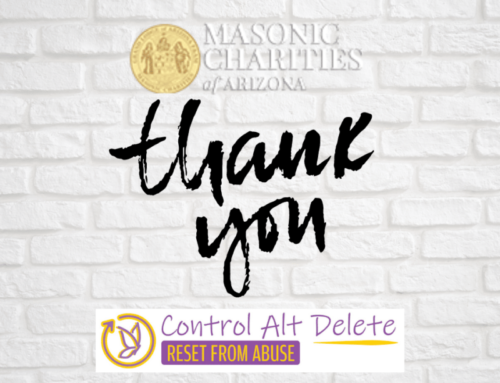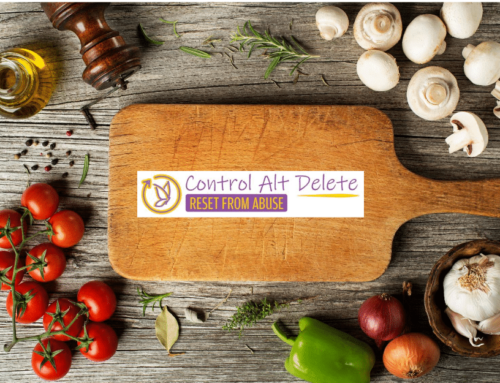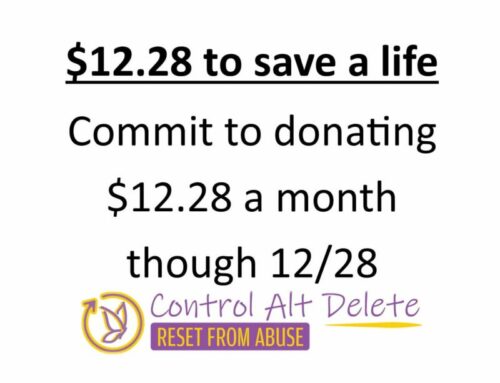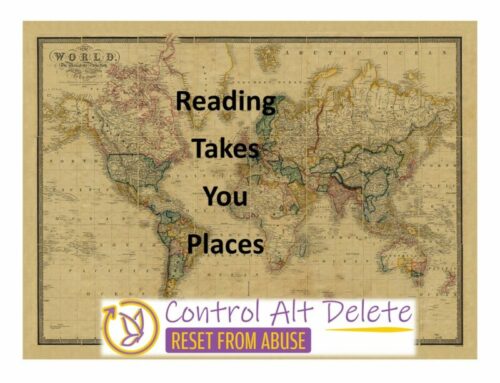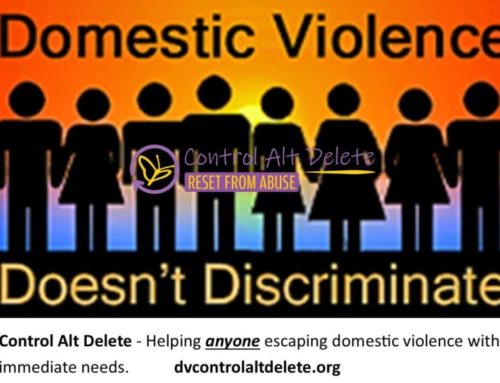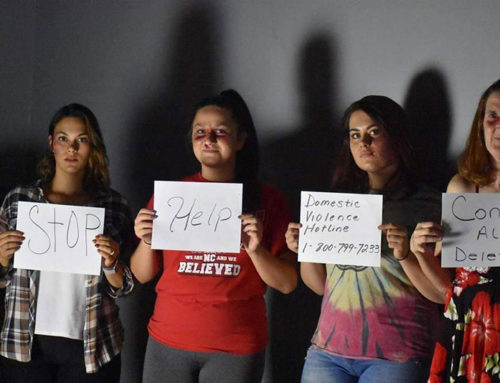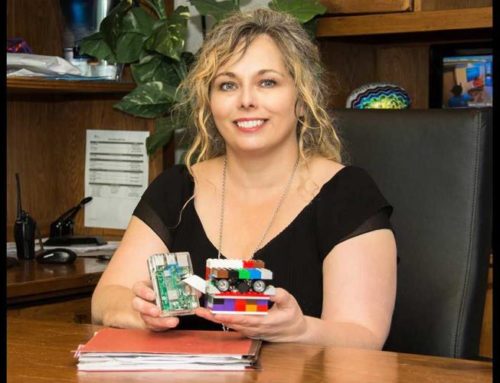Understanding Orders of Protection: A Tool for Safety and a Matter of Due Process
At Control Alt Delete, we work with Survivors who are escaping abuse every day. One of the most important tools available to protect Survivors is an Order of Protection—often called a restraining order. These legal tools are designed to help keep abusers away from Survivors, create consequences for continued abuse, and provide a tangible sense of safety when rebuilding life after violence.
What Is an Order of Protection?
An Order of Protection is a court-issued document that prohibits an abuser from contacting, harassing, or coming near the Survivor. It may include specific conditions like:
-
No contact via phone, email, text, or social media
-
Staying a certain distance away from the Survivor, their home, work, or children’s schools
-
Not possessing firearms
-
Temporary custody or visitation arrangements
-
Requirements to leave a shared home
The exact terms depend on the circumstances and jurisdiction, but the core goal is always the same: protection.
Orders of Protection can be temporary (emergency or ex parte) and issued very quickly when someone is in immediate danger. A more permanent order typically requires a court hearing with both parties present.
Is an Order of Protection Due Process?
Yes—an Order of Protection is a function of due process, though how that process unfolds depends on the type of order.
-
Emergency or Ex Parte Orders are issued without the abuser (respondent) present. This can sound alarming at first, but it is legal and constitutional. The law allows courts to issue temporary protective orders without notice when immediate harm or risk is present. This is not a final judgment—it’s a temporary safeguard until a full hearing can be held.
-
Full Orders of Protection require a hearing where both parties can present evidence, testimony, and legal arguments. This is where due process in its full form takes place: notice, an opportunity to be heard, and an impartial judge deciding the matter.
Courts must balance the urgency of protecting victims with the constitutional rights of the accused. Orders of Protection are designed to do both. They are not criminal convictions—they are civil orders. Violating one, however, can lead to criminal charges.
Legal Documentation Matters—Especially for Survivors with Children
Survivors, especially those with children, should always seek legal documentation of the abuse. An Order of Protection does more than offer immediate safety—it becomes part of the legal record.
Why does this matter?
-
It documents a history of abuse that can be vital in future court proceedings, including custody battles, divorce cases, or child protective services investigations.
-
It demonstrates to judges and legal professionals that the Survivor has taken action to protect themselves and their children.
-
It shows a pattern of danger that can influence decisions about parenting time, supervised visitation, and child safety.
Without documentation, abuse can easily be minimized, questioned, or dismissed. Survivors are often asked to prove what they endured—an Order of Protection is proof.
This is especially important in systems that still struggle to understand the dynamics of domestic violence. Legal documentation helps Survivors advocate for themselves and their children in a system that does not always see the full picture.
Why Survivors Seek Orders of Protection
For many Survivors, having an Order of Protection means more than just legal boundaries—it means validation, recognition of the abuse, and a step toward reclaiming control. It is often a necessary step in the escape plan: to document the abuse, protect children, and secure safer housing or employment accommodations.
But it’s important to remember: a piece of paper is not a shield. Not all abusers follow the law, and some may escalate when served. An Order of Protection is part of a bigger picture of safety—not the whole picture. A Victim Advocate can help navigate the process of obtaining an Order of Protection.
Final Thoughts
An Order of Protection is both a legal tool and a deeply personal decision. It represents hope, safety, and justice—but also comes with risks and challenges. Survivors should never feel pressured to seek one if they’re not ready, and they should never be left to navigate the process alone.
